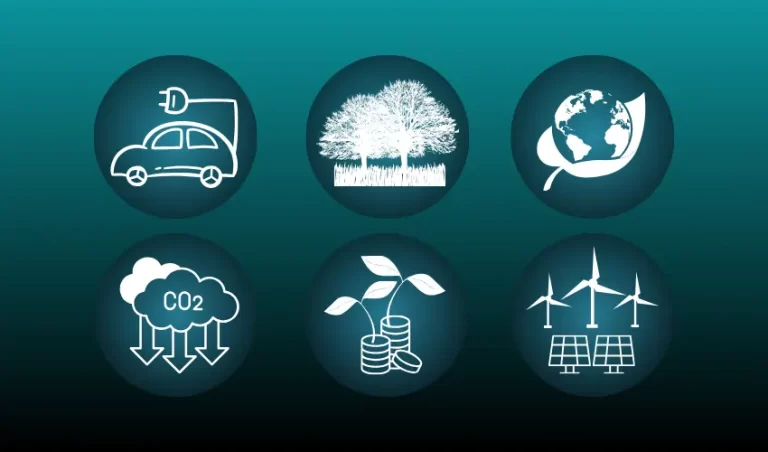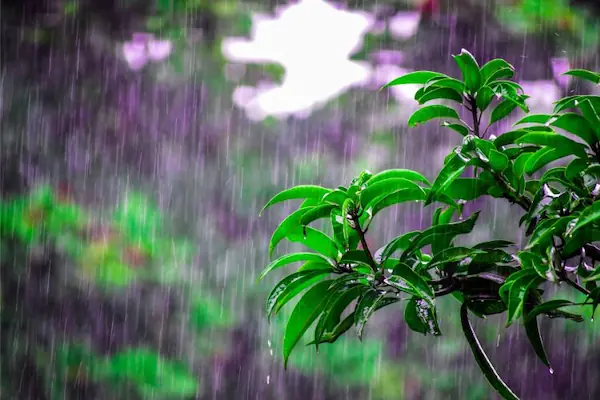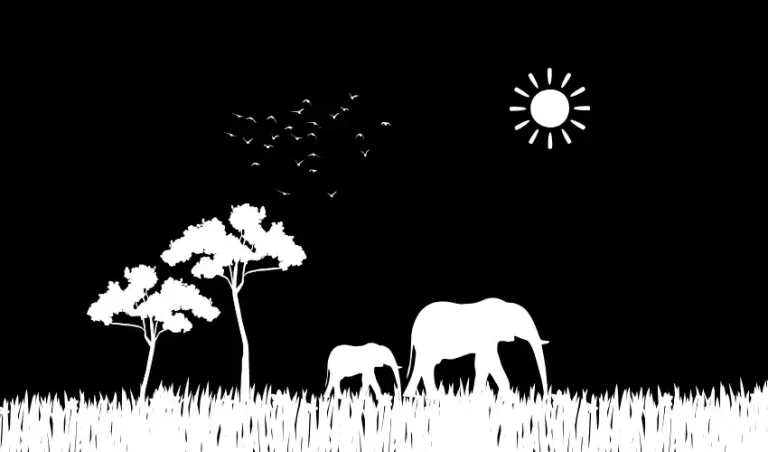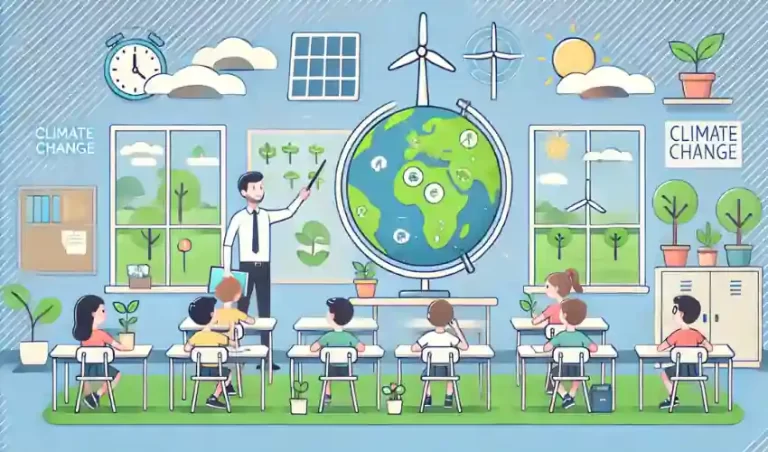Urban Green Spaces: Sustainability Benefits & Challenges
Urban Green Spaces offer fantastic sustainability benefits, both for the environment and local communities.
Here we’ll cover the key environmental, social and economic benefits of green urban spaces, along with some of the challenges to overcome.
What Are Urban Green Spaces?
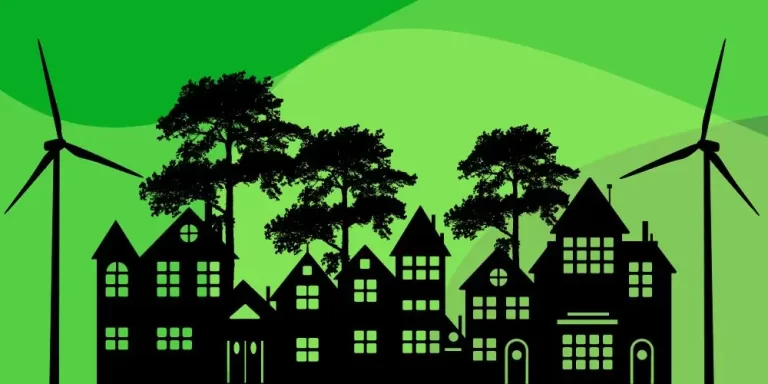
Urban green spaces are nature-based areas in cities and towns, designed primarily for recreational and aesthetic purposes.
These spaces include parks, gardens, greenways, playgrounds, street trees, nature reserves, and green roofs.
Urban planners integrate green spaces to enhance urban residents’ quality of life, providing natural environments amidst built surroundings.
Sustainability Benefits of Urban Green Spaces
Urban green spaces offer numerous benefits across environmental, social, and economic domains. Here are the key values they provide:
Environmental Sustainability Benefits
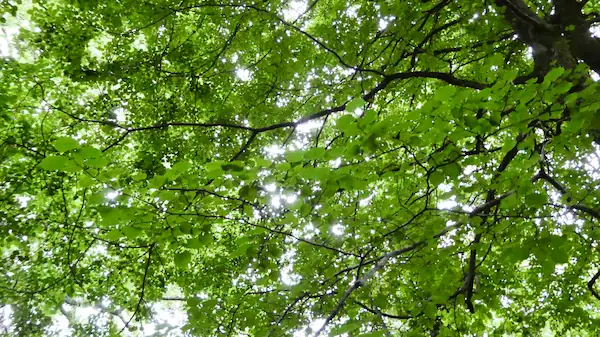
1. Air Quality Improvement
Trees and plants in urban green spaces absorb pollutants like nitrogen dioxide, sulphur dioxide, and particulate matter, enhancing air quality and producing essential oxygen.
By filtering these pollutants, green spaces contribute to cleaner, healthier air, which is crucial for urban populations where air pollution is often a significant health concern.
2. Climate Regulation
Urban green spaces help mitigate urban heat island effects, where cities become significantly warmer than their rural surroundings due to human activities and infrastructure.
Vegetation provides cooling through shading and the process of evapotranspiration. Large trees and parks can reduce temperatures in urban areas, making them more comfortable during hot weather and reducing energy consumption for cooling buildings.
3. Biodiversity Support
Green spaces serve as habitats for a variety of species of flora and fauna, promoting biodiversity within urban settings.
These areas can act as ecological corridors that facilitate the movement and interaction of wildlife, contributing to the conservation of local and migratory species.
Urban green spaces also support pollinators like bees and butterflies, which are vital for maintaining biodiversity and food production.
More recently, these green spaces are being considered as opportunities for Urban Rewilding and development of Biodiversity Net Gain credits.
4. Water Management
Green spaces play a critical role in managing stormwater by absorbing rainfall, reducing runoff, and minimising the risk of flooding.
Vegetation and soil in green spaces help filter pollutants from water, improving water quality before it reaches rivers, lakes, or groundwater. Additionally, green roofs and rain gardens can be designed to capture and reuse rainwater, further alleviating pressure on urban drainage systems.
5. Carbon Sequestration
Trees and plants in urban green spaces capture and store carbon dioxide, a greenhouse gas, thereby helping to mitigate climate change. This process is known as carbon sequestration.
While the carbon sequestration capacity of urban green spaces may be modest compared to large forests, every contribution is valuable in the broader effort to combat global warming.
Social and Psychological Benefits
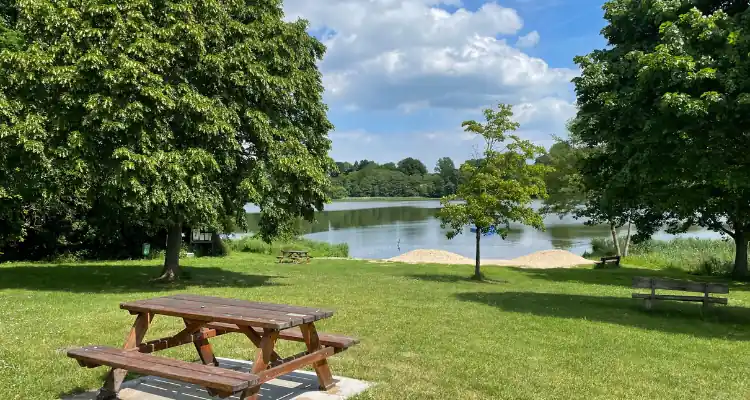
1. Recreational Spaces
Parks and gardens provide areas for exercise, sports, and leisure activities, contributing to physical health and well-being.
Activities such as walking, jogging, cycling, and playing sports are facilitated by green spaces, encouraging an active lifestyle and reducing the prevalence of lifestyle-related diseases like obesity and cardiovascular conditions.
2. Mental Health
Nature exposure can enhance cognitive function, promote relaxation, and improve overall mental well-being. Access to green spaces is therefore linked to reduced stress, improved mood, and lower rates of depression and anxiety.
In the urban setting, the presence of green spaces offers residents a natural sanctuary where they can escape the pressures of city life, fostering mental rejuvenation and emotional resilience.
3. Social Cohesion
Green spaces act as communal areas where people can gather, interact, and build social ties, fostering a sense of community and belonging.
These spaces can host social events, cultural activities, and community gatherings, enhancing social networks and reducing feelings of isolation. The inclusive nature of green spaces promotes social integration across different demographic groups, contributing to a more cohesive society.
4. Aesthetic and Cultural Value
Green spaces enhance the visual appeal of urban areas and often have cultural or historical significance, contributing to a city’s identity and heritage.
Beautiful parks and gardens create attractive urban landscapes that residents and visitors can enjoy, adding to the overall charm and character of a city. These spaces can also serve as venues for cultural events and festivals, enriching the cultural life of urban communities.
5. Educational Opportunities
Urban green spaces provide educational opportunities for schools and community groups.
They serve as outdoor classrooms where children and adults can learn about nature, ecology, and sustainability.
Environmental education programs conducted in green spaces can foster a deeper understanding of environmental issues and inspire stewardship of natural resources.
Economic Sustainability Benefits

1. Property Values
Proximity to green spaces generally increases property values.
Real estate markets therefore often value the attractiveness and recreational opportunities provided by nearby parks and green areas, making properties adjacent to green spaces more desirable.
2. Tourism and Business
Attractive green spaces can draw tourists and boost local businesses, particularly in the hospitality and retail sectors.
Parks, botanical gardens, and nature reserves can become major attractions, generating revenue through tourism. Businesses located near green spaces benefit from increased foot traffic and an appealing environment that attracts customers.
Additionally, the growth of urban farms as green spaces have proven to be valuable tourist attractions in many cities.
3. Healthcare Savings
By promoting physical activity and mental well-being, green spaces can reduce healthcare costs associated with treating chronic diseases and mental health conditions.
Increased physical activity in green spaces can lower the incidence of diseases such as diabetes, hypertension, and heart disease. Improved mental health from nature exposure can decrease the need for mental health services and medications.
4. Job Creation
The development and maintenance of green spaces create job opportunities in landscaping, horticulture, environmental education, and park management.
These jobs contribute to the local economy and provide employment for urban residents. Additionally, green infrastructure projects can stimulate economic activity by creating demand for materials and services.
Challenges to Consider
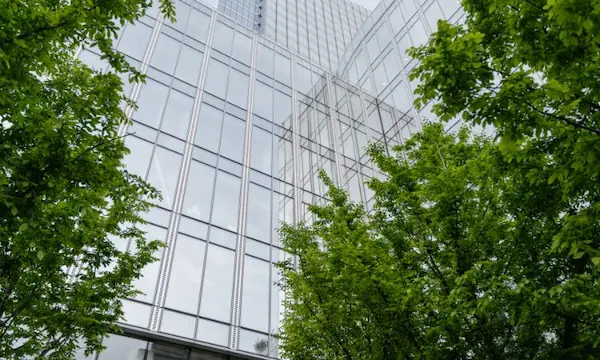
While urban green spaces offer significant benefits, there are potential drawbacks and challenges to consider:
Environmental Trade-offs
1. Water Usage
Maintaining green spaces, especially in arid regions, can require significant water resources, potentially straining local supplies.
Implementing water-efficient landscaping practices, such as xeriscaping and using native plants, can reduce water consumption.
2. Non-native Species
Introducing non-native plants for aesthetic purposes can lead to ecological imbalances, where these species outcompete native flora and fauna.
Prioritising native species in urban green space design can help preserve local ecosystems and biodiversity.
Maintenance Costs
Maintaining green spaces requires financial investment for landscaping, irrigation, pest control, and general upkeep.
These costs can be substantial, especially in areas with limited municipal budgets. Poorly managed green spaces can deteriorate, becoming less usable and attractive.
Effective management strategies and community involvement in maintenance can help mitigate these costs.
Safety Concerns
Poorly designed or maintained green spaces can become hotspots for crime or antisocial behaviour.
Ensuring these areas are well-lit, frequently patrolled, and designed with visibility and accessibility in mind is crucial for safety.
Engaging local communities in the stewardship of green spaces can enhance security and create a sense of ownership.
Social Inequities
Access to green spaces can be unevenly distributed within cities, often reflecting broader social and economic inequalities.
Marginalised communities may have less access to high-quality green spaces, exacerbating health and social disparities.
Policies that ensure equitable distribution of green spaces and community engagement in planning processes can address these inequities.
Gentrification
Improving urban green spaces can lead to gentrification, where rising property values and living costs displace lower-income residents.
This displacement can undermine the social cohesion and inclusiveness that green spaces aim to promote. Inclusive planning and affordable housing initiatives can help mitigate the negative impacts of gentrification.
Urban Space Allocation
Allocating land for green spaces in densely built environments can be challenging.
Competing interests for limited urban space, such as housing, commercial development, and infrastructure, require careful urban planning and community engagement.
Innovative solutions like green roofs, vertical gardens, and pocket parks can help integrate green spaces into densely populated areas.
Final Thoughts on Urban Green Spaces
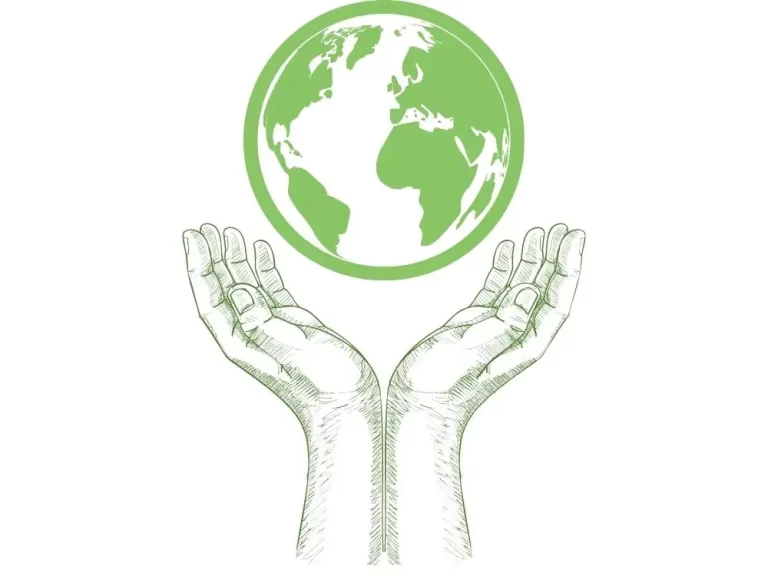
Urban green spaces are crucial for the future sustainability of towns and cities, offering extensive environmental, social, psychological, and economic benefits.
However, their implementation and maintenance must be thoughtfully managed to address potential downsides. These include potential for high maintenance costs, safety issues, and environmental trade-offs.
Effective urban planning and community involvement are essential to maximise the benefits of urban green spaces, whilst minimising their negative impacts.
By addressing these challenges, urban centres can create vibrant, healthy, and inclusive environments that enhance the quality of life for all residents.
To support you further, we recommend the following additional resources:
Urban Rewilding: Overview and Examples
What Are Sustainable Cities? Key Features Explained
Benefits of Green Roofs: Why They Matter
Urban Climate Impact: How to Adapt & Build Resilience
We also have plenty of other fantastic insights available for you in the related posts section below!
Lastly, let us know your thoughts on urban green spaces. We’d love to hear about any great examples you’ve seen in your local area! Get in touch via the comments section below, or via our social media channels linked at the bottom of this page.



